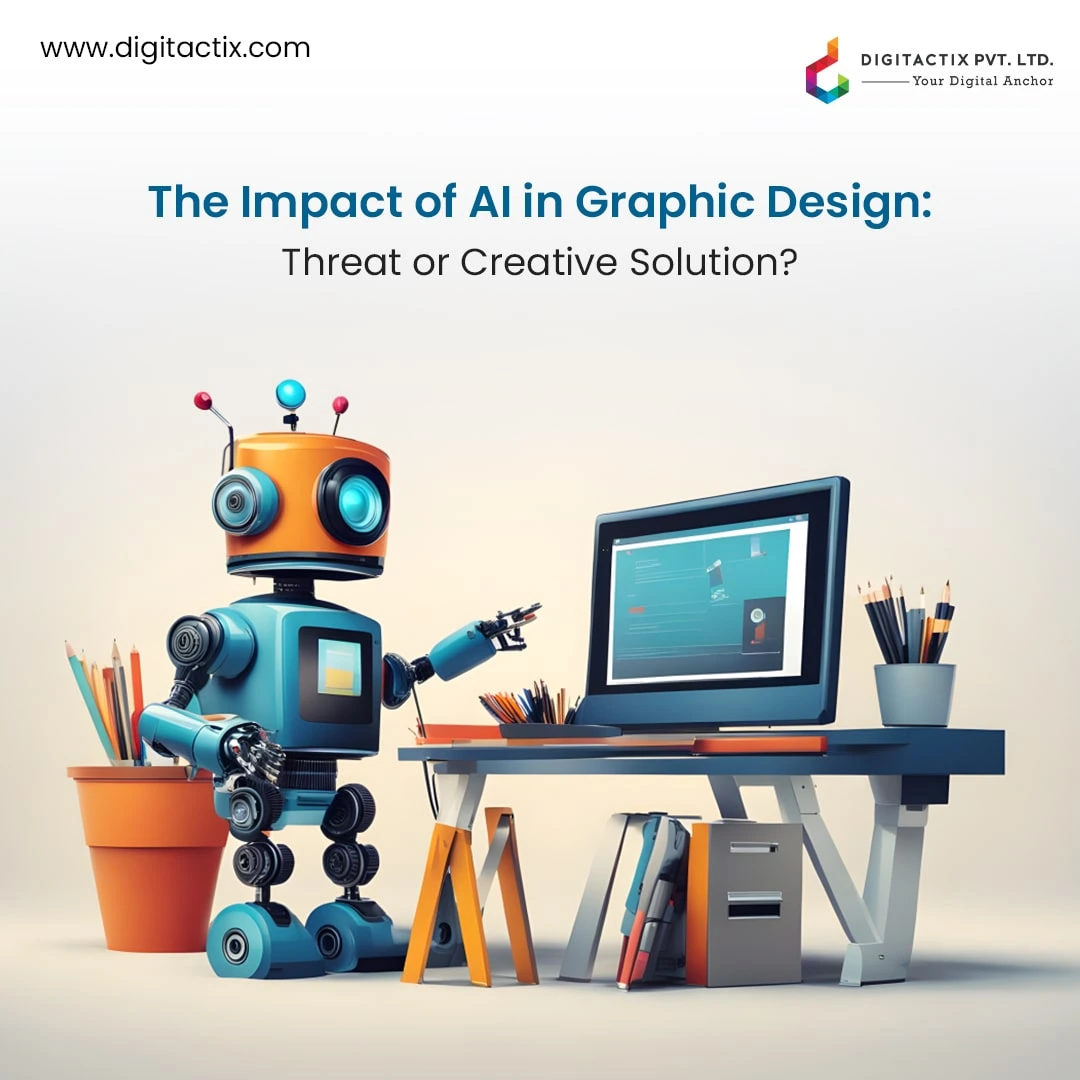Over the past decade, design software has added layer after layer of automation, including content-aware fills and object recognition. Each new feature promised efficiency, yet none has unsettled the industry as deeply as today’s wave of generative AI algorithms.
And the technology is evolving so rapidly that the conversation has already shifted from finding a quicker way to complete tasks to whether AIingraphicdesign can generate ideas, complete projects, and, by extension, redefine what it means to be a designer.
This shift arrives at a pivotal moment for brands. Budgets are tight, creative cycles are shorter, and audiences demand hyper-personalised visuals across dozens of channels.
Generative AI claims it can address all three pressures simultaneously. Critics of AI counter that the same technology risks homogenising aesthetics, eroding craft, and creating ethical minefields around data use and copyright.
Before we decide whether to celebrate or resist, we need to examine how AI integrates into the design workflow, how it alters client expectations, and where human judgment remains irreplaceable.
Only then can we gauge whether the new tools are a genuine threat—or the next indispensable layer on every creative’s palette. Let’s dig in.
Why the Technology Feels Threatening
From what has been observed, the fear of AI takes root in three areas: ownership, originality, and opportunity.
When datasets are trained on existing artwork, it blurs the lines of ownership. When image engines churn out ten iterations before a junior designer even begins looking for references, the speed gap looks unfair. And when clients ask whether they still need a retainer, livelihoods appear to wobble.
Yet anxiety alone doesn’t capture the full picture—every historic leap, from desktop publishing to vector drawing, began with similar unease.
A short reality check:
- Legal standards on fair use are still evolving, but many platforms now offer rights-cleared training sets or compensation models to support the fair use of copyrighted materials.
- The best AI for graphic design still struggles with getting the nuances of brand tone correct. Cultural context and intuition – these areas are where human judgment still outperforms AI.
- Human strategy dictates how, when, and why to deploy the machine; the designer remains the conductor, not the background extra.
How AI Expands the Canvas
Think of AI-generated graphic design as a draft generator that never sleeps. It can visualize half-formed ideas, suggest unforeseen colour harmonies, and re-size assets for every screen in seconds.
More importantly, it frees designers to spend time where their value is irreplaceable: conceptualisation and storytelling. The shift is already visible in agencies that deliver Digital marketing services in India; tighter turnarounds no longer force a compromise between deadlines and quality because AI tools for graphic design shoulder much of the repetitive production.
Quick gains designers report:
- Faster ideation loops—you can create multiple image iterations from one seed phrase.
- Data-backed layout tweaks using predictive heat-mapping.
- Instant localization for multilingual campaigns—a boon for agencies serving India’s diverse markets.
Notice how each advance still requires a human to curate, refine, and sign off. AI tools for graphic designers act as accelerators, not autonomous authors.
Also Read: AI-Powered SEO: The Future of Digital Marketing
Future of Graphic Design with AI
Of course, when it comes to the future of graphic design with AI, one question instantly comes to mind: Will AI replace designers?
And the much-cliched answer comes to mind: AI won’t replace designers. However, designers with proficiency in AI will likely replace traditional designers.
The question will be more inclined towards what new roles will emerge. The world will likely see the emergence of new hybrid titles, such as a prompt architect or a model ethicist. All of them are masters of blending AI proficiency with classic design sensibilities.
Teams may maintain private, brand-trained models that produce on-spec visuals while safeguarding intellectual property. And agencies that already provide Digital marketing services in India will differentiate themselves by proving how responsibly tuned models can multiply marketing effectiveness without sacrificing the human nuance.
The horizon seems less about extinction and more about evolution.
Wrapping Up
When considering AIingraphicdesign, remember that every technological leap was once perceived as a threat.
They eventually became standard practice. Today, agencies that combine human insight with AI muscle, especially those delivering Digital marketing services in India, stand to out-create and out-compete their slower peers.
AI in graphic design is neither hero nor villain. It’s a brush. Pick it up, learn its quirks, and paint something only you could envision. Because AI in graphic design, ultimately, is what we make of it.
We at Digitactix excel in making the best out of it. Our design team, armed with creative insight and productive skills, can create a visual identity for your brand that’s both intuitive and easily reproducible across various formats.
Not convinced? Get in touch today, and we’ll show you how we do it.

